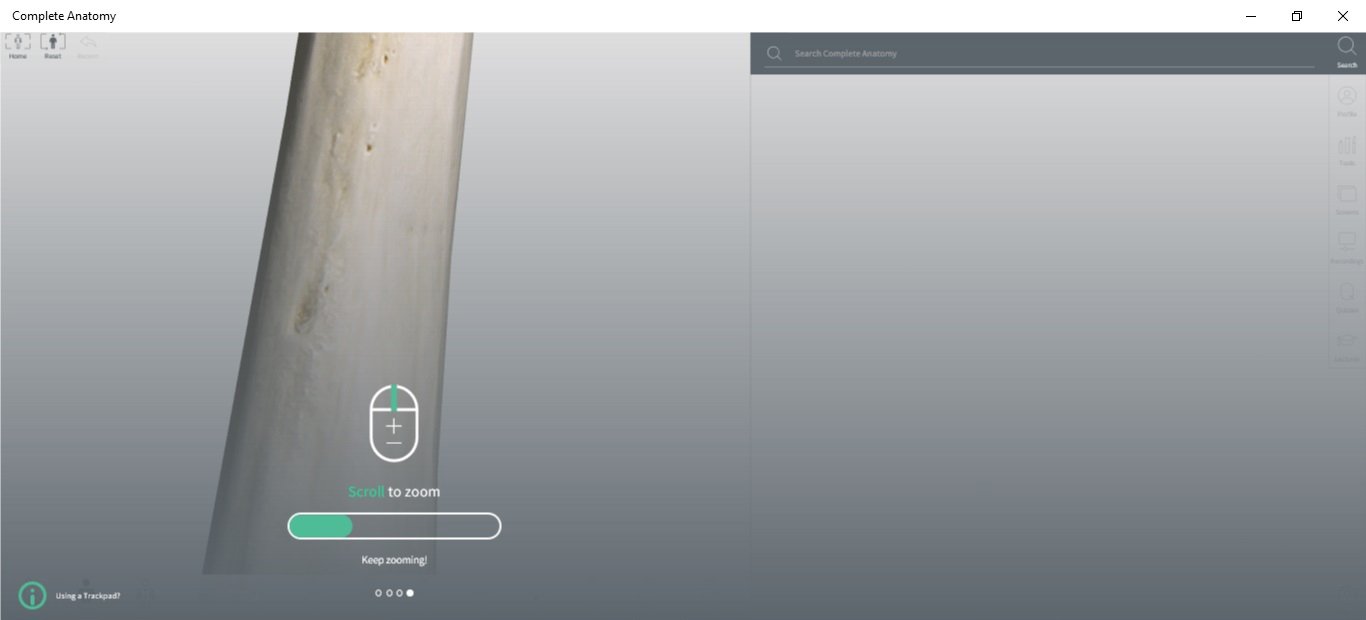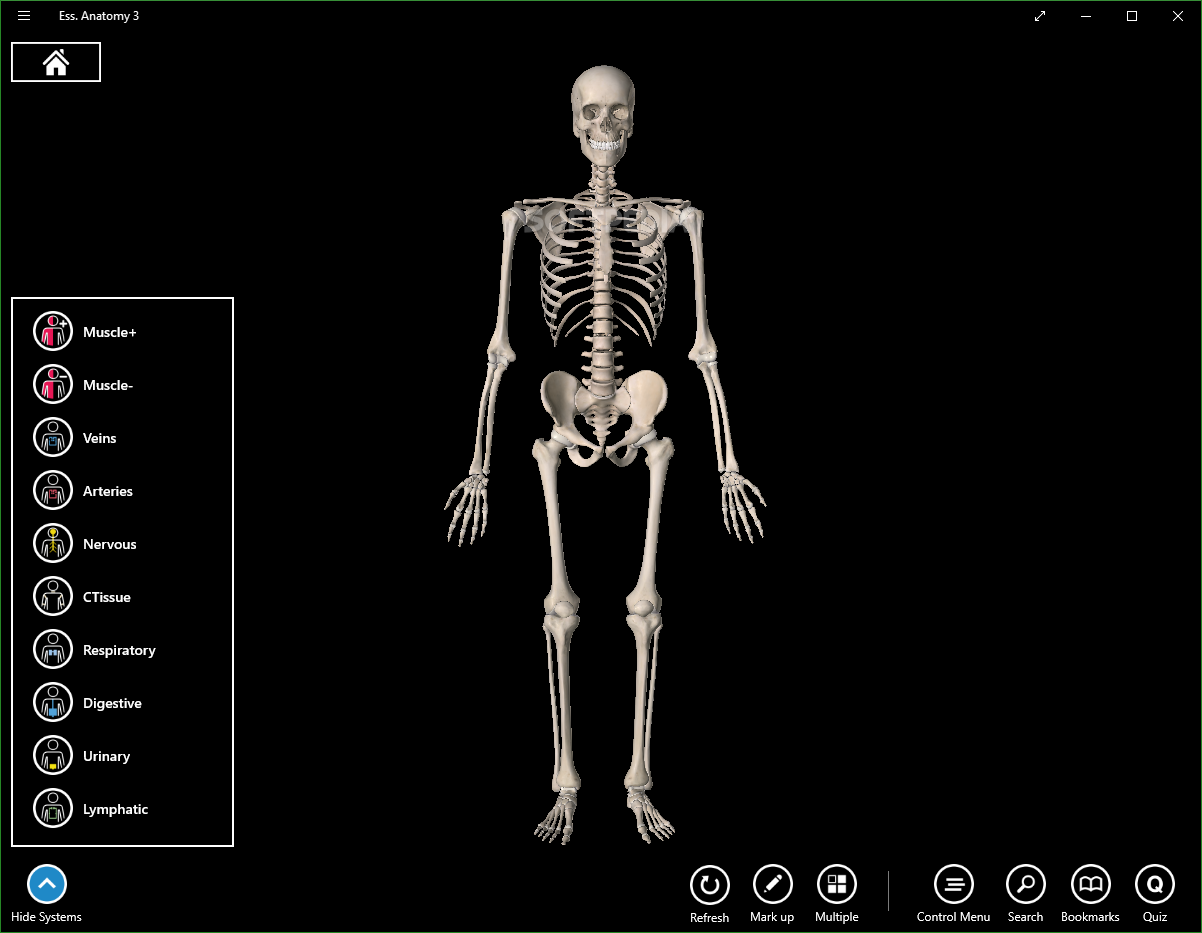

Changes in the urine may include the presence of blood, cloudiness, and an unusual odor. The symptoms can include lower back pain, painful urination, and, sometimes, fever. Kidney infections tend to result from bacteria in the bladder that transfer to the kidneys. They can cause intense pain and might affect kidney function if they block the ureter. Stones can form as a solid buildup of minerals in the kidneys. The symptoms may not become apparent until years after the damage starts to develop. In people with diabetic nephropathy, damage occurs to the capillaries of the kidney as a result of long-term diabetes.

Environmental or medical factors may lead to kidney disease, and they can cause functional and structural problems from birth in some people. It increases both the amount of calcium that the intestines can absorb and the reabsorption of phosphate in the kidney.Ī range of diseases can affect the kidneys. Calcitriol: This is the hormonally active metabolite of vitamin D.Lymph is a fluid that contains white blood cells, which support immune activity, and interstitial fluid is the main component of extracellular fluid. Renin: This enzyme helps manage the expansion of arteries and the volumes of blood plasma, lymph, and interstitial fluid.The liver also produces erythropoietin, but the kidneys are its main producers in adults. Erythropoietin: This controls erythropoiesis, which is the production of red blood cells.The kidneys release several important compounds, including: Anything that alters blood pressure, including excessive alcohol consumption, smoking, and obesity, can damage the kidneys over time. This absorption effectively increases the size of the extracellular fluid compartment and raises blood pressure. These hormones play a role in increasing the kidneys’ absorption of sodium chloride, or salt. Vasoconstrictors are hormones that cause blood vessels to narrow. These fluid changes occur after the release of a vasoconstrictor called angiotensin II. The medical term for this fluid is extracellular fluid. They adjust long-term pressure in the arteries by causing changes in the fluid outside of cells. The kidneys regulate blood pressure when necessary, but they are responsible for slower adjustments. retaining urea in the medulla of the kidney rather than excreting it, as this compound draws in water.reopening portions of the collecting duct that water cannot normally enter, allowing water back into the body.In response to ADH, the kidney makes several changes, including: This gland releases antidiuretic hormone (ADH). If osmolality rises in the blood plasma, the hypothalamus in the brain responds by passing a message to the pituitary gland. Dehydration is a primary cause of electrolyte imbalance. Osmolality is a measure of the body’s electrolyte-water balance, which is the ratio between fluids and minerals in the body. They can produce new bicarbonate by excreting acid. The kidneys can retain bicarbonate if the pH is tolerable and release it if acid levels rise. The kidneys manage the pH by reabsorbing and producing bicarbonate from urine, which helps neutralize acids.

The lungs achieve this by moderating the concentration of carbon dioxide in the blood. The kidneys and lungs help keep the body’s pH stable. In these states, proteins and enzymes break down and can no longer function. At levels below or above this range, the body enters a state of acidemia or alkalemia, respectively. In humans, the range of acceptable pH levels is 7.35–7.45. chloride, sodium, magnesium, and potassium ions.They also reabsorb other products to help maintain homeostasis. The kidneys reabsorb nutrients from the blood using tubules and transport them to where they will best support health. uric acid from the breakdown of nucleic acids.urea, which results from the breakdown of proteins.Some major compounds that the kidneys remove are: The kidneys remove various waste products and get rid of them in the urine. These organs carry out a wide range of bodily functions. They manage fluid levels, electrolyte balance, and other factors that keep the internal environment of the body consistent and comfortable. The main role of the kidneys is maintaining homeostasis.


 0 kommentar(er)
0 kommentar(er)
